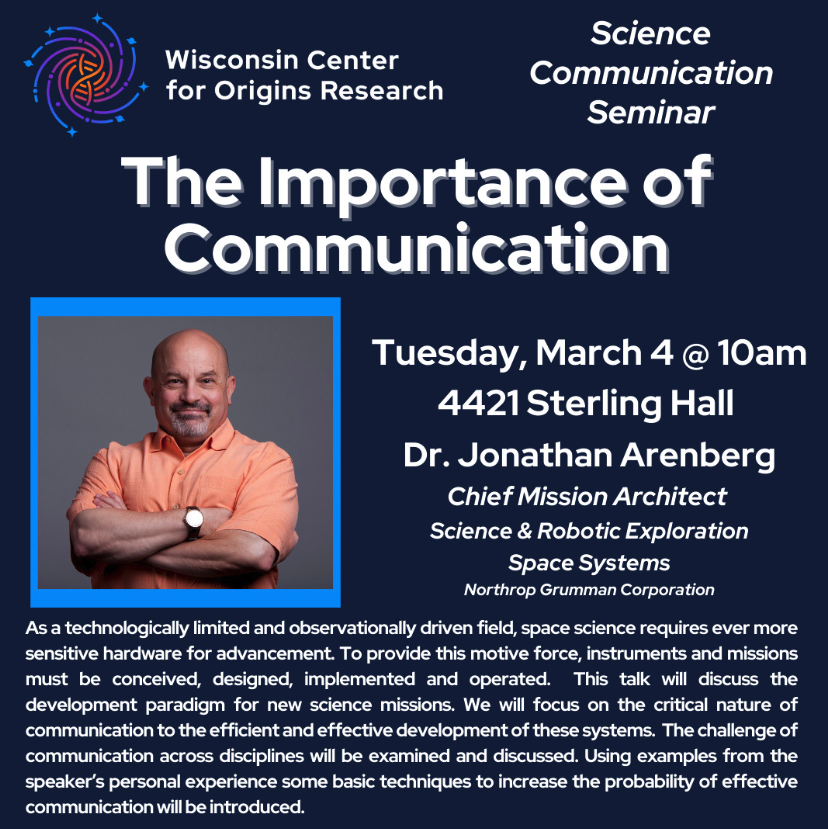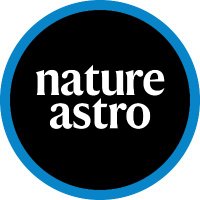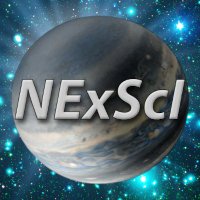
Juliette Becker
@jcbastro
Currently trying to understand planet formation as a professor of astronomy @UWMadison; previously a #51PegasibFellow @Caltech; PhD from @michiganastro
ID: 1116002690604130305
http://jcbastronomy.com 10-04-2019 15:39:10
505 Tweet
834 Takipçi
334 Takip Edilen

Two exciting seminars next week at UW-Madison Astronomy by Dr. Jon Arenberg. Join us if you're in the area and learn more about JWST! NASA’s James Webb Space Telescope March 3 @ 12 pm, 6515 Sterling Hall The Importance of Communication March 4 @ 10 am, 4421 Sterling Hall


I would like to highlight that this work was led by UW-Madison Astronomy post-bac student Alyssa Jankowski, and also featured contributions by Zijun He, a high school student at Madison West High School. Congratulations to both of them on their accomplishments!



By fusing constraints from satellite dynamics and spin angular momentum, Konstantin Batygin & Adams show that young Jupiter had a radius twice its current value, a ~21 mT magnetic field, and was accreting material at a rate of one Jupiter mass per million years. bit.ly/45jEbUg



A recent open-access article published in Publications of the Astron Society of the Pacific presents general analytic solutions for the surface density distributions of circumplanetary disks during the late stages of giant planet formation. iopscience.iop.org/article/10.108…. -JGM


Submitted✅ Peer Reviewed✅ Accepted✅ The The Planetary Science Journal has accepted Christiansen et al. (2025), an updated summary of the archive's data, services, and tools since Akeson et al. (2013). Please use Christiansen et al. (2025) for all future citations. ui.adsabs.harvard.edu/abs/2025arXiv2…



Check out this 12-paper series out today from the AGE-PRO collaboration. Congrats to everyone (including Coco Zhang from UW Madison) on the huge amount of work that went into this interesting result!! It might take me a while to read all 12 papers though! public.nrao.edu/news/alma-plan…


